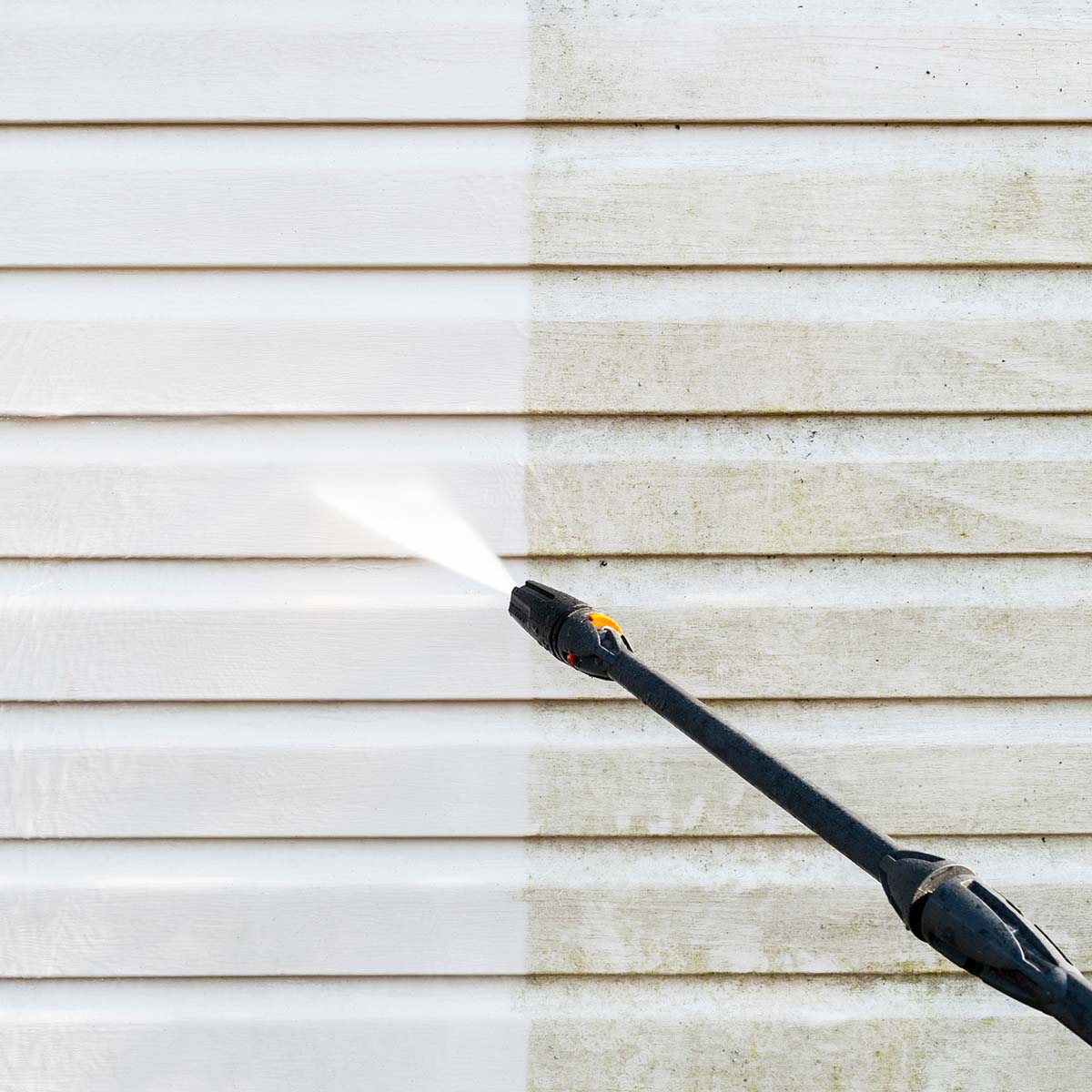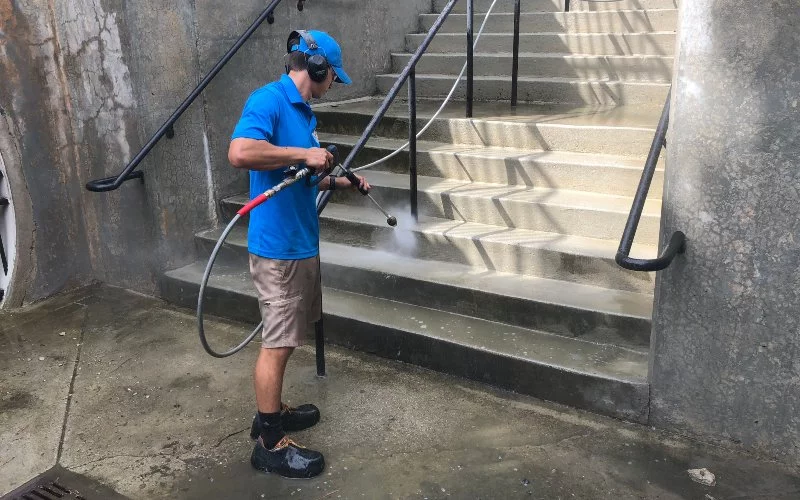Effective Techniques for Graffiti Elimination That Restore Surface Areas to Their Original State
The difficulty of graffiti removal is diverse, requiring an understanding of various graffiti types and the most efficient methods for repair. From chemical solutions that cater to certain paint structures to press cleaning approaches that preserve the honesty of surface areas, each approach has its merits. In addition, the surge of eco-friendly options presents a compelling case for ecologically conscious methods in this field. As we explore these approaches, it becomes vital to consider not only their effectiveness however likewise their broader effects on remediation efforts and area aesthetics. What approaches will inevitably verify most reliable?
Understanding Graffiti Types
Recognizing the varied kinds of graffiti is crucial for efficient removal techniques. Graffiti can be broadly classified into numerous kinds, each calling for different approaches for removal. One of the most usual types include tags, throw-ups, and murals. Tags are the simplest kind, consisting of a stylized signature or logo design, usually produced swiftly with spray paint or markers. Their fairly tiny dimension can make them simpler to remove yet can still pose difficulties depending on the surface.
Throw-ups are much more complex and commonly involve larger, bubble-like text full of a single color. These pieces can cover a lot more location and might demand various elimination strategies contrasted to tags. Murals, on the other hand, are elaborate artworks that can be quite large and in-depth, commonly appointed or produced with permission. The elimination of murals provides special obstacles as a result of the potential for damage to the underlying surface area and the creative worth.
Understanding these differences is critical for picking the right strategies and products for efficient graffiti removal. Each kind not only varies in its visual influence yet also in the techniques that will be most reliable in recovering surface areas to their original condition.
Chemical Removal Approaches
When taking on graffiti removal, chemical methods are commonly the most reliable and effective technique for numerous surface areas. These methods use specialized formulations developed to break down the chemical bonds in graffiti, making it simpler to get rid of without damaging the underlying material.

It is necessary to choose a chemical eliminator that is suitable with the surface being dealt with to avoid damages. Testing the item on a small, low-profile location prior to extensive application is a good idea. In addition, appropriate safety tools, such as masks and gloves, need to be worn to make certain security during the elimination procedure.
When the graffiti has actually been liquified, it is crucial to completely wash the surface area to remove any kind of chemical deposit, which can bring about discoloration or deterioration gradually (Graffiti Removal in Euclid). Overall, chemical elimination approaches supply a powerful service for bring back surface areas to their original state while reducing potential harm
Pressure Washing Methods
While chemical removal techniques are very reliable, stress washing offers an alternative technique for graffiti removal that can be similarly efficient, specifically on durable surface areas. This approach uses high-pressure water jets to dislodge and get rid of graffiti from numerous products, such as concrete, brick, and steel.
The performance of stress washing joints on a number of elements, consisting look at this site of the pressure setting, nozzle type, and the distance from which the water is applied. Normally, a pressure variety of 2,000 to 3,000 PSI is advised for the majority of surface areas, yet adjustments might be essential relying on the substrate's level of sensitivity. Utilizing a fan spray nozzle can assist cover larger areas effectively while decreasing the threat of harming the underlying material.
Before press washing, it is necessary to evaluate the graffiti's structure. Water-based paints typically respond much better to this technique than oil-based or long-term pens. In addition, pre-soaking the location with water can improve the elimination process by lowering paint adhesion. After the stress cleaning is full, surface areas ought to be checked for any type of remaining deposit, and a 2nd pass might be called for to accomplish optimum results. In general, pressure washing is an effective tool in the graffiti removal collection.

Eco-Friendly Solutions
Numerous people and companies are significantly seeking eco-friendly options for graffiti removal, identifying the value of decreasing environmental impact. Standard graffiti elimination techniques commonly involve rough chemicals that can be unsafe to both the environment and public wellness. On the other hand, green options use naturally degradable and safe products that efficiently eliminate graffiti without triggering damage to surfaces or releasing dangerous substances into the atmosphere.
One reliable technique is using natural solvents, such as citrus-based cleansers, which harness the power of plant-derived components to break down paint without leaving toxic deposits. In addition, baking soft drink and vinegar blends can work as gentle abrasives that lift graffiti while being safe for the atmosphere.
An additional ingenious strategy is using eco-friendly pressure cleaning systems that use much less water and power contrasted to conventional techniques. These systems usually incorporate specialized nozzles and eco-conscious detergents that improve efficiency while lowering waste.
Preventative Steps
Preventative steps play a vital function in combating graffiti criminal damage and decreasing its event. By applying tactical methods, homeowner and neighborhoods can discourage potential culprits and decrease the prices related to graffiti elimination.
One efficient approach is using anti-graffiti coverings, which produce a protective layer on surface areas, making it tough for paint to stick. These coatings can be tinted or clear, permitting the original visual to continue to be undamaged while supplying a safeguard versus criminal damage. Additionally, the installation of surveillance cameras in risky areas can work as a deterrent, as the presence of checking innovation may inhibit possible wrongdoers.
Area interaction is also crucial; organizing area watch programs or graffiti clean-up occasions fosters a sense of possession and this post satisfaction amongst locals. Educational campaigns in schools can elevate understanding about the negative effects of graffiti, advertising respect for public and personal residential or commercial property.
Conclusion
In final thought, the effective removal of graffiti requires a complex method that considers the type of graffiti and the surface material. Using customized chemical cleaners, high-pressure washing strategies, and eco-friendly remedies can bring back surface areas to their initial state while lessening environmental influence. Furthermore, applying preventative measures can minimize the reoccurrence of graffiti, promoting cleaner and extra visually pleasing environments. A comprehensive understanding of these techniques is vital for attaining optimal cause graffiti elimination ventures.
